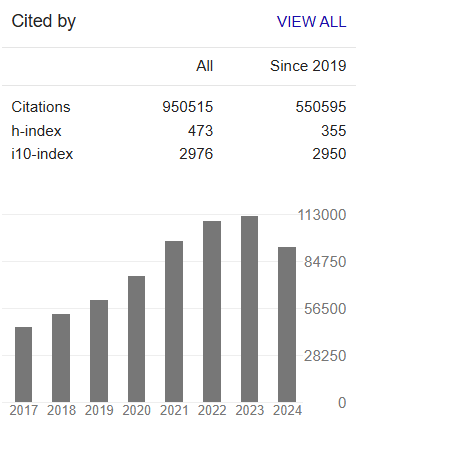Solid Waste Management a Case Study of Ajmer
Abstract
Rashmi Sharma
Human population is increasing day by day. So human generated waste is also increasing day by day. The solid waste of Ajmer consist of house hold (residential ) waste,garbage, biomedical waste, Polythene waste ,market waste , rural & urban slum . Ajmer is famous for Khwaja Mouinuddin Chisty Dargah and International Pushkar fair and Brahma Temple. In the present paper solid waste status of city was studied. 260 TPD solid waste is generated from 60 wards in Ajmer city. Ajmer has population of 614,000. Area 8481 sq km. Makhupura, Narirabad road, 9-10 km away from Ajmer city, in 319 acres, dumping is done from 1998.before that dumping ground was near Janana hospital 360542 cubic metre solid waste was there near Makhupura dumping site. Waste was dumped in unsystematic way big garbage piles were there.disposed without segregation, no treatment.
Now disposal will be done in scientific manner. According to CPCB solid management rules, 27.24 acre land will be reclaimed by biomining. Now occasional incineration is seen in some areas. No proper disposal facility has been provided for the municipal solid waste. Human activity generates considerable amount of solid waste. The nature of waste varies depending upon the kind of activity. Municipal and biomedical wastes are the major solid wastes contributed from the urban centre, Ajmer. Ajmer has Dargah of Khwaja Mounuddin Chishty, a pilgrimage centre for muslims of the world, and Pushkar pilgrimage for the Hindus of the world. The study was carried out to understand the present status of solid waste management of the city. The total quantity of solid waste generated in the city is around 950 TPD (tons per day) with a per capita generation of 0.35 kg. Sporadic incineration is very common and no proper disposal facility has been provided for the municipal solid waste.



